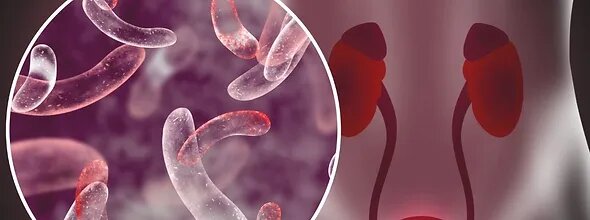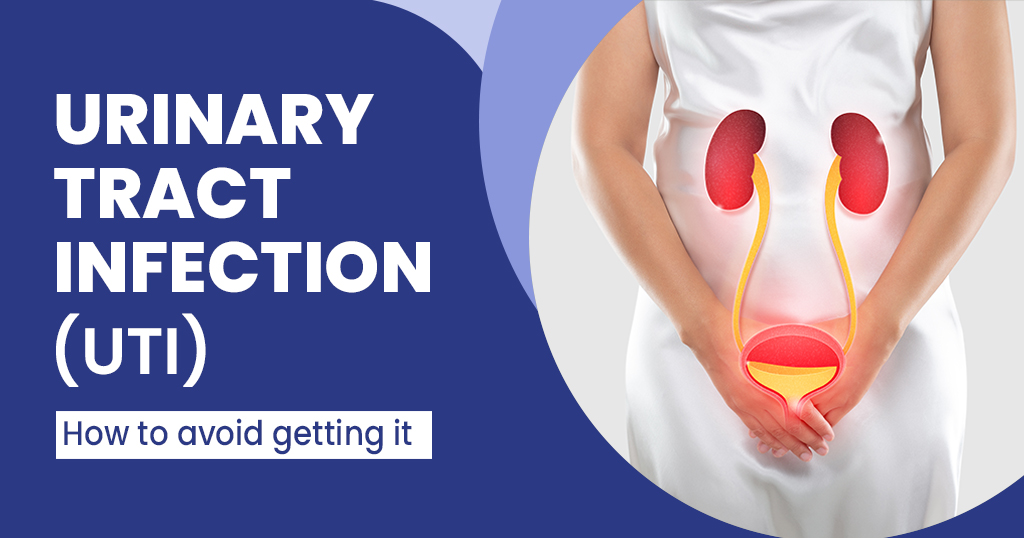Urinary tract infections (UTIs) are common infections affecting the urinary system, primarily the bladder and urethra. While most UTIs are relatively mild, they can be uncomfortable and sometimes lead to more serious complications. Understanding the causes, symptoms, and treatment options for urinary tract infection is essential for prevention and effective management.
Causes of UTIs
UTIs occur when bacteria, typically Escherichia coli (E. coli), enter the urinary tract and multiply. These bacteria can ascend from the urethra to the bladder, causing cystitis (bladder infection), or even to the kidneys, leading to pyelonephritis (kidney infection). Several factors can increase the risk of UTIs, including:
Female anatomy
Women are more prone to UTIs due to the shorter length of their urethra compared to men.
Sexual activity
Sexual intercourse can introduce bacteria into the urethra, increasing the risk of UTIs.
Menopause
Hormonal changes during menopause can reduce the acidity of the vagina, making it more susceptible to bacterial growth.
Urinary tract abnormalities
Structural abnormalities or conditions such as urinary stones or enlarged prostate can increase the risk of UTIs.
Weakened immune system
A weakened immune system can make individuals more susceptible to infections, including UTIs.
Indwelling catheters
The use of catheters, especially for prolonged periods, can increase the risk of UTIs.
Symptoms of UTIs
The symptoms of UTIs can vary depending on the severity and location of the infection. Common symptoms include:
Pain or burning during urination
Frequent urination
Urgency to urinate
Cloudy or foul-smelling urine
Pelvic or lower back pain
Fever
Chills
Nausea and vomiting (in severe cases)
Diagnosis of UTIs
A healthcare professional can diagnose a UTI based on a combination of symptoms and physical examination. In some cases, a urine sample may be collected for testing to identify the specific bacteria causing the infection.
Treatment of UTIs
The treatment for UTIs typically involves antibiotics to eliminate the bacteria causing the infection. The specific antibiotic used will depend on the type of bacteria identified. In mild cases, over-the-counter pain relievers may be used to alleviate discomfort.
Home remedies and preventive measures:
Drink plenty of fluids
Staying hydrated can help flush out bacteria from the urinary tract.
Urinate frequently
Holding in urine can increase the risk of UTIs.
Wipe from front to back
This helps prevent bacteria from the anus from entering the urethra.
Avoid irritants
Avoid using harsh soaps, douches, or feminine hygiene products that can irritate the urinary tract.
Cranberry juice
While the evidence is mixed, some studies suggest that cranberry juice may help prevent UTIs.

Complications of UTIs
If left untreated, UTIs can lead to complications, such as:
Pyelonephritis
A kidney infection that can cause severe pain, fever, and chills.
Sepsis
A life-threatening blood infection that can occur if a UTI spreads to the bloodstream.
Urinary stones
Urinary tract infections can contribute to the formation of urinary stones.
Preventing UTIs
Several strategies can help prevent UTIs, including:
Good hygiene
Practice proper hygiene, such as wiping from front to back after using the bathroom.
Hydration
Drink plenty of fluids to keep your urine diluted and help flush out bacteria.
Voiding regularly
Don’t hold in your urine for long periods.
Limit irritants
Avoid using harsh soaps, douches, or feminine hygiene products.
Post-coital urination
Urinating after sexual intercourse can help flush out bacteria.
Medications
For women with recurrent UTIs, prophylactic antibiotics may be prescribed.
When to Seek Medical Attention
It’s important to seek medical attention if you experience symptoms of a UTI. Prompt treatment can help prevent complications and ensure a speedy recovery. Learn more about UTIs through www.mayoclinic.com

